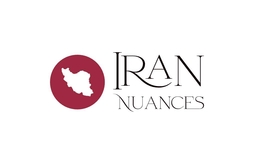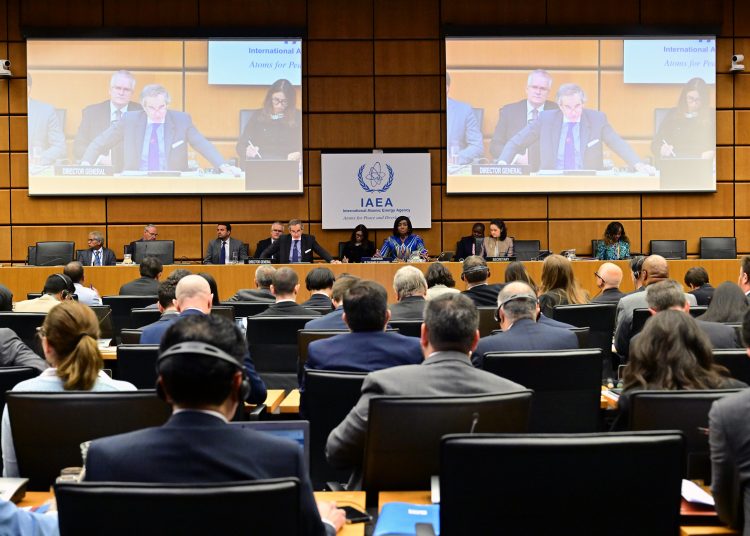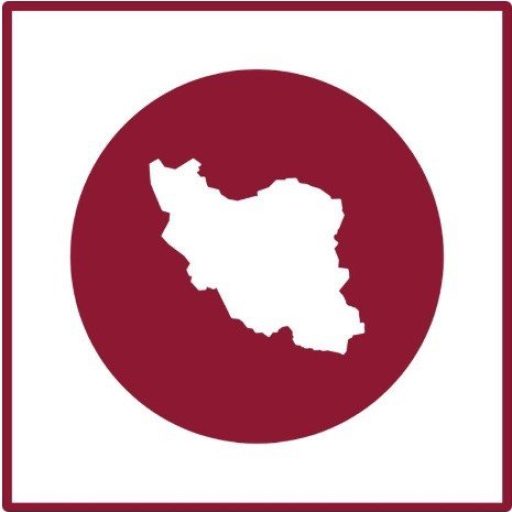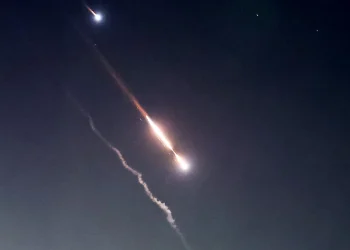The recent resolution passed by the International Atomic Energy Agency’s (IAEA) Board of Governors on June 12, 2025, represents a critical juncture in the long-standing diplomatic standoff over Iran’s nuclear program. While championed by the United States and the E3 (France, Germany, and the United Kingdom), Tehran views the resolution not as a legitimate technical censure but as the continuation of a politically motivated pressure campaign that has consistently proven counterproductive. Iran’s immediate and calculated response—to expand its nuclear capabilities at secure sites—underscores a strategic rationale shaped by years of what it considers Western non-compliance and failed diplomatic overtures.
Interpreting the Resolution: A Political Maneuver, Not a Technical Necessity
From Iran’s perspective, the IAEA resolution is a “repeated event,” a familiar tactic in a Western playbook that prioritizes political coercion over genuine technical dialogue. Officials in Tehran argue that citing unresolved issues, some of which predate the 2015 Joint Comprehensive Plan of Action (JCPOA), serves as a pretext to politicize the Agency’s work. The resolution’s focus on Iran’s alleged “failures to uphold its obligations” and the IAEA’s “inability… to provide assurance” of peacefulness is seen not as an impartial finding, but as framing designed to justify further pressure.
Iran’s Foreign Ministry and Atomic Energy Organization promptly dismissed the resolution as a “politically motivated” act “devoid of any technical or legal basis.” This position stems from the belief that the core objective is not to resolve outstanding safeguards questions, but to create leverage and penalize Iran for its nuclear advancements—advancements Tehran maintains are a direct result of Western policy failures.
The Strategic Response: A Calculated Escalation for Deterrence
Iran’s reaction was neither impulsive nor merely symbolic. The announcement of a new, secure enrichment facility and the upgrading of centrifuges at the heavily fortified Fordow site from first-generation IR-1s to advanced IR-6s are significant technical steps. This move is a calculated signal of Iran’s capacity and resolve.
The choice of Fordow is strategically crucial. Its location deep underground renders it largely impervious to military strikes, making it a secure bastion for Iran’s most advanced nuclear technology. By enhancing capabilities at this site, Iran is not just increasing its enrichment capacity; it is reinforcing its strategic deterrence. This action is framed by Tehran as a necessary defensive measure, a direct consequence of a diplomatic environment where its security and rights are not guaranteed by agreements alone.
Legal and Diplomatic Framework: Justifying Action through JCPOA
Central to understanding Iran’s position is its interpretation of the JCPOA itself. Tehran contends that its nuclear advancements since 2019 are not violations, but are legally permissible “compensatory measures” under Articles 26 and 36 of the deal. These articles were designed to allow Iran to cease performing its commitments, in whole or in part, in the event of non-performance by other signatories.
Iranian officials argue that the U.S. withdrawal in 2018 and the subsequent failure of the E3 to provide the promised sanctions lifting—evidenced by the ineffectiveness of mechanisms like INSTEX and the non-fulfillment of Transition Day obligations in October 2023—constituted a fundamental breach of the agreement. From this viewpoint, Iran’s decision to reduce its own compliance was a legitimate exercise of its rights under the JCPOA, undertaken only after a year of “strategic patience” yielded no tangible economic benefits.
This legal framing is crucial. It recasts Iran’s nuclear expansion from an act of defiance into a rule-based response to another party’s non-compliance, thereby challenging the Western narrative of Iranian intransigence.
Nuclear Capability as Strategic Leverage in a Post-JCPOA World
The sustained pressure campaign has solidified a key strategic lesson in Tehran: diplomatic agreements without robust enforcement mechanisms are unreliable, whereas indigenous technical capabilities provide a tangible deterrent and crucial negotiating leverage. Iran’s nuclear program has thus evolved into a strategic asset, with its “breakout” capability fundamentally altering regional power dynamics and providing a powerful shield against military threats.
Furthermore, Iran views the threat of activating the JCPOA’s snapback mechanism with a degree of strategic skepticism. While the E3 may present it as a tool of last resort, the authority to trigger it expires in October 2025. This creates a deadline that pressures all parties, not just Iran. Tehran has made it clear that such a move would be a point of no return, likely leading to more drastic measures, potentially including a withdrawal from the Nuclear Non-Proliferation Treaty (NPT). This transforms the snapback from a simple threat into a high-stakes gamble with unpredictable consequences for global non-proliferation norms.
The latest IAEA resolution and Iran’s response are predictable outcomes of a flawed pressure-first strategy. From Tehran’s perspective, its actions are a logical and strategic response to a diplomatic process that has failed to uphold its end of the bargain. Until the underlying issues of sanctions, necessary guarantees, and mutual compliance are addressed, the cycle of pressure and nuclear advancement is likely to continue, with Iran confident in its ability to withstand pressure and safeguard its sovereign rights through technical and strategic resilience.






